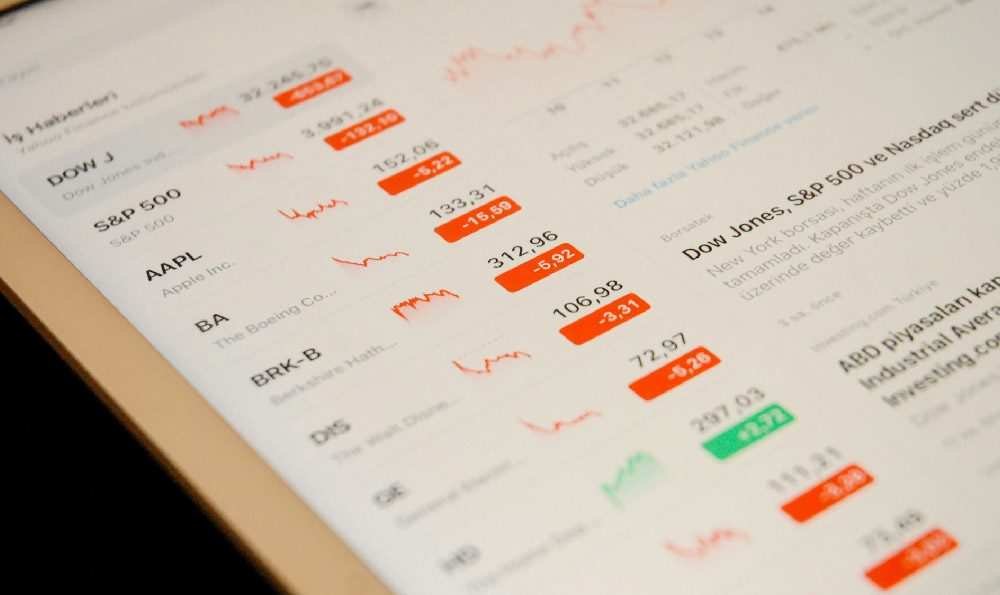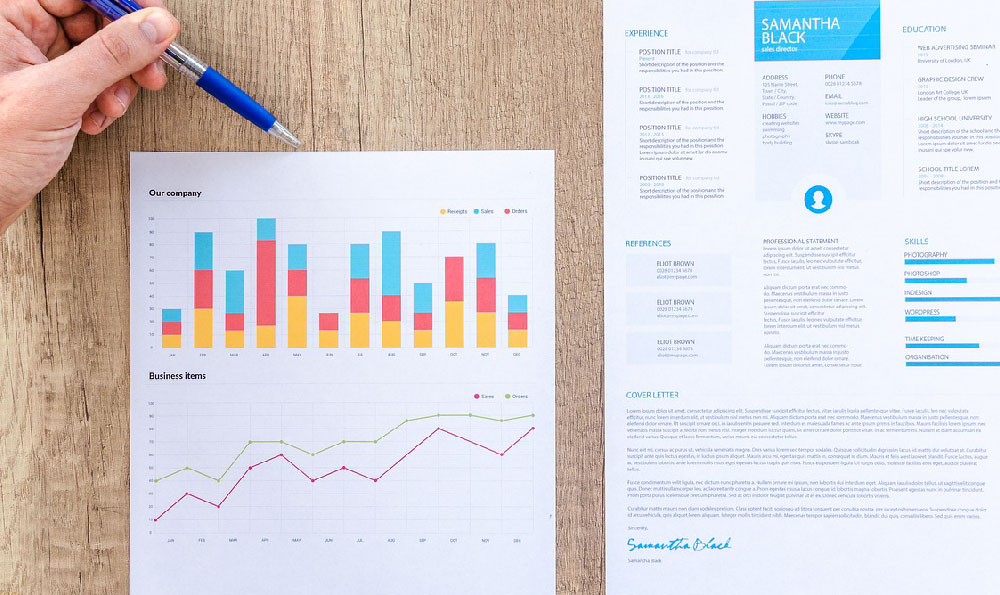
The question of how much flight attendants earn is a common one, and understandably so. The allure of travel, coupled with the perceived glamour of the profession, often overshadows the reality of the job's compensation structure. Pinpointing a precise "average" salary is tricky, as numerous factors influence a flight attendant's earnings, but we can certainly delve into the key determinants and paint a realistic picture.
One of the most significant elements impacting a flight attendant's pay is experience, or seniority. Like many unionized positions, airlines typically operate on a seniority-based system. This means that the longer a flight attendant works for a particular airline, the more they earn. Entry-level flight attendants naturally start at a lower pay scale, gradually climbing the ladder as they accrue years of service. This progression doesn't just affect hourly pay; it also grants them preferential treatment in bidding for flight routes and schedules, allowing them to choose more desirable routes with higher pay potential. A veteran flight attendant with decades of experience can realistically earn significantly more than a newcomer.
The airline itself plays a considerable role in determining salary. Major airlines, often referred to as legacy carriers, tend to offer better compensation packages than smaller, regional airlines. This difference is often attributed to the financial stability of the larger airlines, their broader route networks, and the strength of their union representation. Legacy carriers like Delta, United, and American Airlines generally have more robust benefits packages, including better health insurance, retirement plans, and profit-sharing opportunities, in addition to higher hourly wages. Regional airlines, on the other hand, may offer lower pay and fewer benefits, particularly during the initial years of employment. However, regional airlines often serve as valuable stepping stones for aspiring flight attendants looking to gain experience and eventually transition to a major carrier.

The type of flying a flight attendant does also has a direct bearing on their earnings. International flights, which often involve longer hours and more complex responsibilities, typically command a higher pay rate than domestic flights. Flight attendants who specialize in international routes are often compensated for language skills, cultural awareness, and the added demands of dealing with diverse passenger demographics. Furthermore, overnight layovers in foreign cities can lead to additional per diem allowances, which further supplement their income. The longer the flight and the more demanding the route, the higher the potential earning. Similarly, flying "premium" routes, such as first class or business class cabins, can also result in higher pay or tip-sharing opportunities.
Union representation is a crucial factor influencing a flight attendant's earnings. Most major airlines have strong flight attendant unions that negotiate collective bargaining agreements on behalf of their members. These agreements outline pay scales, benefits, working conditions, and other important aspects of employment. A strong union can advocate for better wages, improved benefits, and stronger job security for its members, ultimately contributing to a more favorable financial outcome for flight attendants. The presence of a union often ensures that flight attendants are fairly compensated for their time and effort, particularly in situations involving irregular operations or unexpected delays.
Beyond the base hourly rate, flight attendants can also boost their earnings through various supplemental income streams. These include per diem allowances for meals and expenses during layovers, which can vary depending on the location and duration of the layover. Flight attendants may also receive trip pay, which is a guaranteed minimum payment for each trip, regardless of the actual flight hours. Overtime pay is another potential source of additional income, particularly when flights are delayed or when flight attendants are required to work extra hours. Some airlines also offer incentive programs or bonuses based on performance metrics or customer satisfaction scores. Furthermore, flight attendants often receive travel benefits, such as free or discounted flights, which can be a significant perk and a valuable way to save money on personal travel.
The location of a flight attendant's base also influences earnings indirectly. While the hourly pay scale might be consistent across the airline, the cost of living in a particular base city can significantly impact their disposable income. Flight attendants based in expensive cities like New York, San Francisco, or Los Angeles will naturally have higher living expenses compared to those based in cities with lower costs of living. This factor should be considered when evaluating the overall financial picture of a flight attendant's career.
It's also important to note that flight attendants are typically not paid for pre-flight briefings or during boarding, only from the moment the aircraft doors close until they open at the destination. This "block time" is what they are paid for, and waiting around in airports between flights is generally unpaid time. This aspect of the job can significantly impact the overall earnings potential, as the amount of time spent actually flying can vary considerably from month to month.
In conclusion, while pinpointing a precise average salary for flight attendants is challenging due to the various influencing factors, understanding these factors provides a clearer picture of the profession's compensation structure. Experience, the airline, the type of flying, union representation, and supplemental income streams all play a significant role in determining a flight attendant's earnings. Aspiring flight attendants should carefully consider these factors when evaluating career opportunities and making informed decisions about their financial future. While the travel benefits and the allure of the job are attractive, a realistic understanding of the compensation structure is essential for long-term career planning and financial stability. The range can be incredibly wide, from the lower end of around $30,000 per year at regional airlines to upwards of $100,000 or more for senior flight attendants at major carriers, highlighting the importance of considering all the variables mentioned above.





